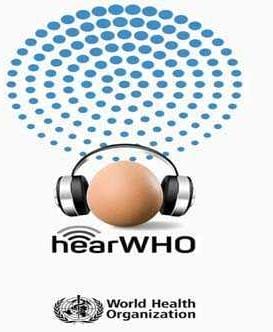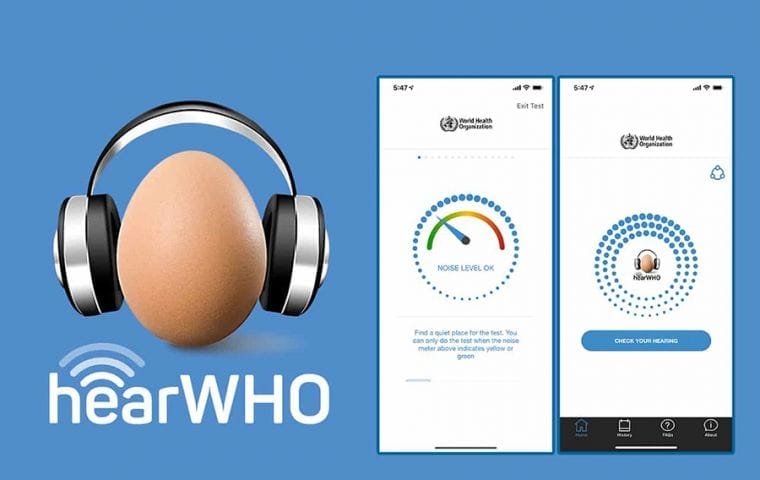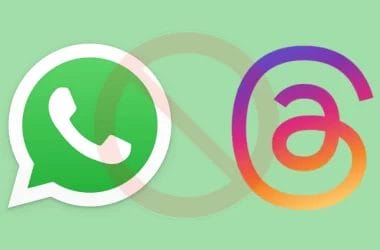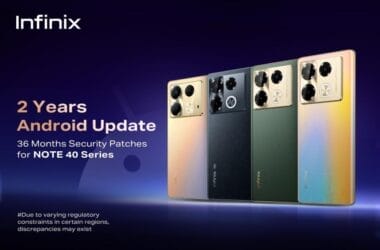When we get asked the question “What is the one item you cannot do without?”, we think up life-saving responses like your phone, wallet and lip balm. Perhaps, the real new age question should be “What is that one item [asides your phone or wallet] in your bag right now that you really can’t do without?”. If we search deep into our souls ladies and gentlemen, the earphone will be the accurate response.
In the age that we live in, earphones have become that one item. We constantly have our ears plugged, consuming a lot of audio content on the internet and in form of audio books, podcasts, movies and music. Whether in shutting noise out, drowning all that is happening around you, trying not to disturb the person seated next to you and a favourite past time; relaxing. These devices are vital in keeping us connected and entertained.

More so, there is a quest to constantly find the right earphones that contain advanced speaker designs, powered amplification, excellent active-noise canceling, aesthetic design and all round functionality whether they are headphones or earbuds. As we outweigh the pros and cons of each before a purchase, here’s the one thing we always leave out: the health impact these pair of tiny speakers that you wear inside your ears can have on your body from our guilty pleasure – listening to music at a loud volume. Not only are you unaware of what’s going on around you, loud music playing close to your eardrum can cause permanent hearing loss.
In fact, earbuds can damage your hearing in the same way that things like chainsaws and motorcycles can. Yes, the damage is all in the volume. Findings show that Chainsaws and Motorcycle engines create about 100 decibels of sound and that much sound can start to damage a person’s ears after less than half an hour. It also goes on to show that an MP3 player at 70% of its top volume is about 85 decibels. Smart phones can blast up to 120 decibels. Which means, turning the volume up and listening for long periods of time, can put you in real danger of permanent hearing loss and result in a condition called noise-induced hearing loss (NHL). A growing problem prevalent in society today.
Decibel measurements of some common sounds:
- Whisper: 30 dB
- Normal conversation: 60 dB
- Heavy traffic: 85 dB
- Lawn mower: 90 dB
- Power drill: 130 dB
Reference: Miracle ear
Living in Nigeria, you might also want to add to the list: Noise from generators, conductors shouting at bus stops and heavy duty trucks blaring their horns right beside you in traffic.
Here’s how it works: When you insert earbuds into your ears, loud noise can damage the hair cells in the cochlea of the inner ear and thus prevent the cochlea and hair cells from relaying sound messages to the brain. The shocking thing is, inner ear damage never heals and because the damage is gradual, it goes unnoticeable for the most part. However, the condition will worsen.
According to the World Health Organization, 466 million people in the world have disabling hearing loss (which is 5% of the world’s population) and 34 million of them are children. Globally, hearing loss which has gone unaddressed poses an annual cost of US$ 750 billion. In line with this, The World Health Organisation (WHO) has launched a free application mobile device, “hearWHO” which allows people to check their hearing regularly and intervene early in case of hearing loss to commemorate the World Hearing Day on March 3rd 2019 themed “Check your hearing”.

In a press statement released by WHO, the app named “hearWHO” is targeted at those who are at risk of hearing loss or who already experience some of the symptoms related to hearing loss. Etienne Krug, Director of the WHO Department for the Management of Non-Communicable Diseases, Disability, and Violence and Injury Prevention, said many people with hearing loss are unaware of it and as such they miss out on educational, professional and everyday-life opportunities. Shelly Chadha, WHO Technical Officer, said the “app will help us increase awareness of the importance of ear and hearing care.” According to WHO, the symptoms indicating the onset of hearing loss include:
- a ringing sensation in the ear known as tinnitus;
- frequently missing parts of a conversation;
- or a tendency to increase the volume of the television, radio or audio devices.
“hearWHO app is based on a validated digits-in-noise technology: users are asked to concentrate, listen and enter into their mobile devices a series of three numbers when prompted. “These numbers have been recorded against varying levels of background sound, simulating listening conditions in everyday life. “The app displays the users’ score and its meaning and stores the outcome of the test so that the user can monitor hearing status over time. “Reminders to take the test regularly can be set by users. The app can be used by individuals as well as health providers with a view to facilitating hearing screening, especially in low-resource settings.”

What can we do differently?
Noise induced hearing loss is 100% preventable. Experts recommend the 60/60 rule when listening to music which is playing your volume at 60% for no more than 60 minutes a day. (Please don’t roll your eyes, I’m not the expert. I’m just trying to save lives here). They also recommend that you take breaks of a few minutes every half hour to prevent fatigue of the auditory system.
Keeping your ear phones clean by sanitizing and disinfecting regularly as well as avoiding sharing with other people is another way to prevent disease causing germs that could lead to ear infections.
It is estimated that by 2050 over 900 million people – or one in every ten people – will have disabling hearing loss.
In the words of the critically-acclaimed stage play by Ifeoma Fafunwa, “Hear Word!”
As an Amazon Associate, TechCity may earn a small commission if you shop these products.
















